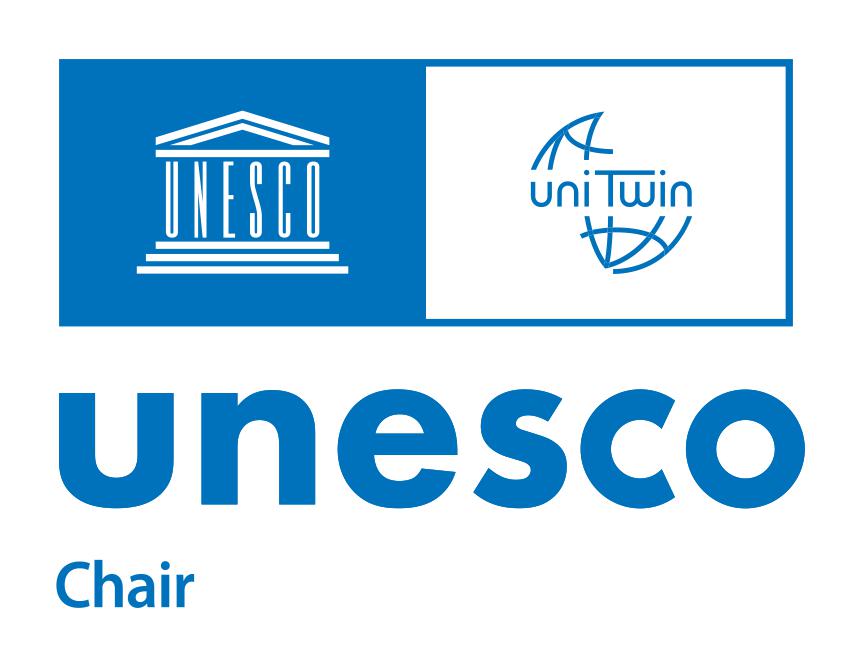Trojan Women Re-imagined
|
Watch the short film here |
Official Nominations & Awards Trojan Women re-imagined has been selected to make part the official screening program of the following International Film Festivals: New York Tri-State International Film Festival (April 2024). Madrid International Short Film Festival (May 2024). Tokyo International Short Film Festival (June 2024). Read the interview with Vicky Karaiskou here. Roma Short Film Festival (June 2024). Honorable Mention for Experimental Film, Cosmocinema Awards, by the 2024 London Greek Film Festival (June 2024). Before the International Film Festivals Trojan Women re-imagined made part of the official film program “Communities & Change”, during the International Conference of the Memory Studies Association (MSA) in July 2023, in Newcastle, UK. Trojan Women re-imagined brief Trojan Women re-imagined challenges the fallacy of assumptions and explores the limitations inherent in dominant narratives. The film is an anti-war narrative of 17’ minutes based on a compilation of excerpts from poets, writers, play writers, historians, philosophers, sophists, rhetoricians and composers throughout the centuries that explore the illusive nature of truth. The film serves as a touching reminder of the power of storytelling. Through the exploration of timeless themes such as conflict and power dynamics, it reveals the intrinsic futility of violence and oppression. It seeks to foster a profound sense of empathy and understanding while advocating for social consciousness and the imperative for change. In this thought provoking, re-imagined version of Euripides’ homonymous tragedy, Helen is the symbol of illusory beliefs and pursuits, and the Trojan War denotes the futility of conflict and the consequences of power abuse. The repetition of the phrase “truth, where is the truth” underscores its centrality in peoples’ biases and prompts viewers to question their own perceptions and biases, and to reconsider the stories that shape their understanding of reality. The film uses a combination of evocative music and images of more symbolic value than realistic narrative. The “actors” are ordinary people from around the world (USA, Australia, Germany, UK, Egypt and Greece), a deliberate choice to underscore the universality of the topic under discussion: the painful consequences when rigid ‘truths’ and ‘realities’ prevail. The ‘actors’ are present only through their voices while they navigate through their memories, struggles and thoughts, thus creating space for the viewers to delve easier into their own reflections. Director’s statement Trojan Women re-imagined is a testament to the transformative power of storytelling and the enduring resonance of visuals in our collective consciousness and our shared human experience. The film explores the consequences of our collective memories, illusions, perceptions, assumptions and anticipations. My goal, as a director, is to provoke thought, spark dialogue, and ignite a deeper sense of awareness among viewers. Through the visual narrative, the film invites viewers to contemplate the intricate interplay among perceptions, assumptions, memory, and identity: What we know is based on what we perceive. What we perceive depends on our experiences and the interpretative filters we employ, while the boundaries of our identity are our feelings. Where is the truth? Whose truth is more valid and what are its consequences? The repetition of the phrase “truth, where is the truth?” underscores its centrality in peoples’ biases. It prompts viewers to question their own perceptions and to reconsider the stories that shape their understanding of reality. Trojan Women re-imagined is a collective memory flash-back, a cinematic journey that deliberately applies a sense of dreaming and self-reflection. It recalls memories and the language of emotions, while the dreaming state allows the fluid associations among symbolic images, thoughts, silences, voids, echoes and repetitions of lines, or overlaps of voices. Are there different characters in the film or do we listen to the multiple voices that reside in our thoughts fighting to create our reality? I wanted to create a rough equivalent of a quasi-abstract artwork. Some parts – the lines – keep the threads of meaning that nudge you towards certain concepts. Other parts – such as the images and the music – create the symbolic, abstract space to submerge and re-emerge, and connect with your own emotions and stream of thoughts. Origins of the film I came up with the idea when I had a road trip in Turkey, in 2018. I visited the ruined and abandoned village of Kayakoy, at the south-west of the country, just across the Greek island of Rhodes and I was mesmerized by its wild charm. I use quite a few photographs from the village, and other ruined sites around Turkey, in my film. The village was inhabited by Greeks who were forced to leave their homes in 1923 after the Greco-Turkish War and as a consequence of the Treaty of Lausanne in that year which contained the protocol of the population exchange between Greece and Turkey. The ‘sin’ of these people, both Turks and Greeks, was that they spoke the ‘wrong’ language and followed the ‘wrong’ religion in the ‘wrong’ country. I was immerged in a kaleidoscope of images of their lives. Fandoms of ordinary people and ordinary events of ordinary lives. So much private and so much commonly shared at the same time: We are all made of the same fabric. We share expectations, dreams, loves, worries, joys, intentions, unfulfilled intentions, fears, pains, traumas. I could not help the association with the legendary Trojan War. Another war between the two sides of Aegean Sea to defend a different restoration of justice. So much conflict and so much suffering in our history. Who is the victim and who the perpetrator? Are there clear cuts? Can two – or more – wrongs make one right? Can the past justify the present actions? The need to create a narrative to challenge the grass root, dominant, and so much destructive narratives on the mutual animosity between the two people, came at that moment. A comment on conflict, oppression, war, blood, death motivated by perceptions of ‘truth’. A question on whose ‘reality’ is more valid. Based on whose ‘reality’ do we allow or – even worse – partake in inflicting pain and trauma. |
Trojan Women re-imagined Learning Activities
Activity 2: The Power of Words
Activity 3: Beliefs, Perception & Reality
Activity 4: Reason vs. Emotion
Activity 5: Cultural Narratives & Collective Understandings
Activity 6: Homeland & Identity
Activity 7: The Cost of Conflict
Activity 8: The Search for Truth
Activity 9: Freedom of Thought & Social Conditioning
Activity 10: Reframing the Value of Values
More on Trojan Women re-imagined here.





